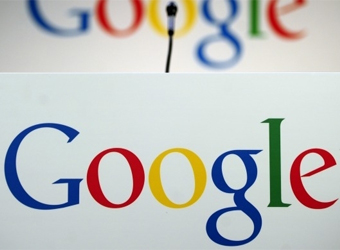In most photos and videos, people are aware that they’re being filmed, so we put on our best face, strike a pose and hope for the best.
This often costs us the authenticity of the moment. Looking back, we can remember where we were, but it’s harder to recall how we really felt. This especially goes for our kids; we want to see them be themselves, not just pose for the camera.
This is where Google Clips comes in. The 12 megapixel, $249 camera, unveiled this month and on order, is targeting parents as buyers. The device is hands-free, provides a visual cue while it’s on and can record its surroundings for up to three hours. It has no screen, though, so the footage and 130-degree wide photos it takes need to be reviewed and downloaded via a smartphone app (though it doesn’t work with all phones). So far, this is nothing special.
What sets Google GOOG, +0.29% Clips apart is the way it takes photos: The camera uses sophisticated artificial intelligence, or AI, that can differentiate between faces of humans and animals, and recognize movements. The device will automatically take a seven-second, 15-frames-per-second burst of photos, from which you can pick your favorite, or save them as an animated GIF or a movie file (albeit without sound because Google Clips doesn’t have a microphone).
Afterward, you can browse and filter out recorded content using your smartphone app. If you really want to, you can use a shutter button to take clips manually. Also, the more you use the device, the better the algorithm gets at recognizing people and moments that matter to you.
As you can see, Google Clips offers the promise of capturing authentic moments. For me, this is a really big deal, since previously it was something cameras could do only in the hands of talented individuals. So color me impressed.
Some, like Tesla’s TSLA, -3.41% Elon Musk, think using cameras and AI together is a big no-no, although he’s perfectly fine with his company doing it. (He’s also suggested that AI is more dangerous than North Korea and could spark World War III. Hmmm.)
While the use of AI should be regulated for the same reasons we’re regulating certain human activities, in the case of the Google Clips camera there should be no concern because its algorithm doesn’t encroach on your privacy.
All of the heavy AI lifting happens on the device itself; Google Clips doesn’t send photos anywhere except to your smartphone, where you’re free to do with them as you wish. (You should be more concerned about what happens to your data after it ends up on your device.)
Artificial intelligence is a powerful tool, and it is here to stay — I’ve said that many times, and I will do so again. It’s not about the product, but about how you use it. The same goes for the Google Clips camera. Once it becomes publicly available, some might buy it to spy on others, but most people, myself included, see it as a powerful gadget that can enrich our daily lives. We will finally be able to capture authentic moments with our families.
Source: MarketWatch



